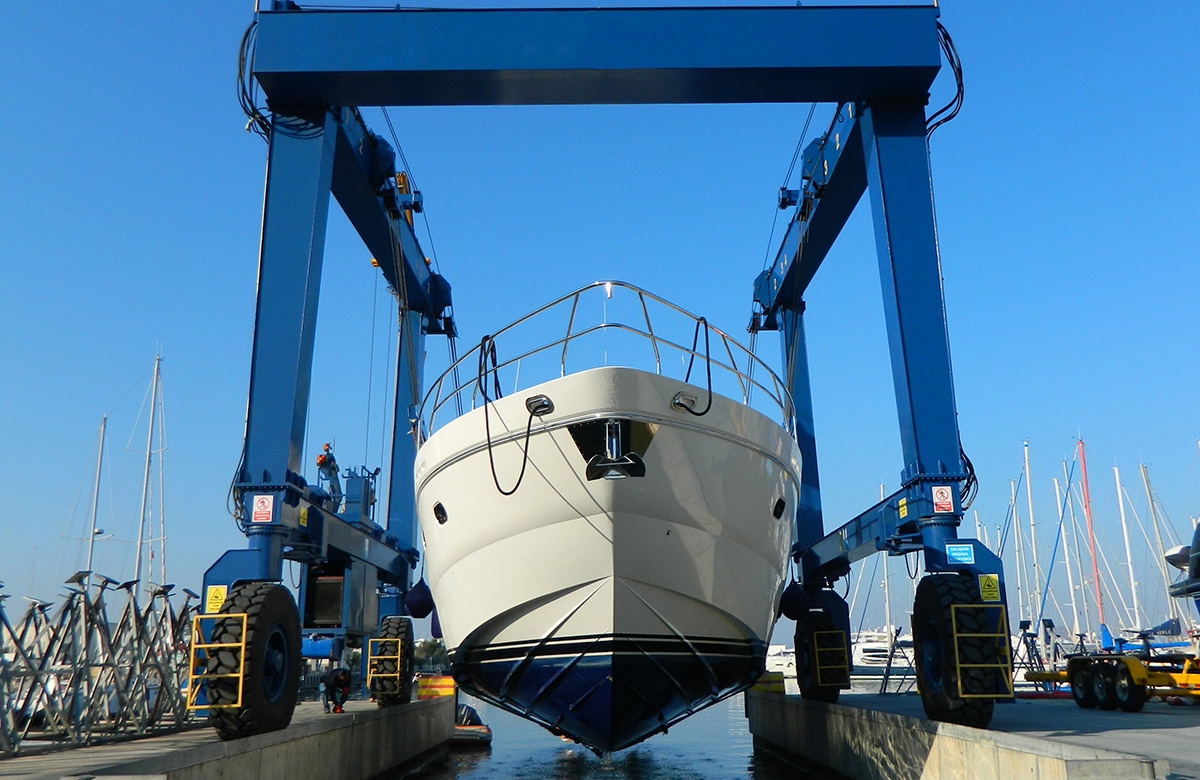It’s easy to think that every boat owner takes great pride in their vessel. But unless someone is especially detail-oriented, boat maintenance often gets pushed aside for other priorities. That’s a big concern because boats have a lot of complex systems that need regular care but are often misunderstood or ignored.
When a boat is put up for sale, it’s often cleaned up quickly and can look like a dream come true to an untrained eye. That said, even if you don’t know very much about boats, there are some basic things you can check to help you decide whether to move forward with a survey or walk away and continue looking for a boat that’s truly the one for you.
Top 5 Critical Issues to Check When Buying a Used Boat
Corrosion of sail drives, prop shafts and propellers
A reality faced by any boat plugged into a local marina is that everyone shares the same power system. Without getting into the intricacies of electric grounding and improper wiring (either on your boat or your neighbours), stray currents can cause the metal under the water line to slowly corrode away. This can be prevented in three common ways:
- Installing the right anodes in the right places
- Installing a galvanic isolator, or, in the case of larger boats, using an isolation transformer.
- Fixing any electrical problems you may have on board.
Regardless, once this corrosion has taken hold on your sail drive, keel, prop or prop shaft, the damage is done, and the only option is replacement. These repairs are technical and expensive – something you likely don’t want to take on as soon as you take possession of your new boat.
Blistering on the hull, keel and rudder
Osmotic blistering on a boat’s hull refers to the formation of blisters beneath the gelcoat, resulting from water penetration into the fiberglass laminate. This process begins when water molecules pass through the semi-permeable gelcoat over long periods and react with soluble substances within the laminate, such as uncured resin or contaminants. The ensuing chemical reaction creates a solution that attracts more water through osmosis, increasing internal pressure and leading to blister formation on the hull’s surface. Once they’ve started to form, the only way to deal with these is to grind them out of the hull and then patch with epoxy, fairing compound, a barrier coat and then, finally anti-fouling. Like with corrosion issues, this is not likely something you want to take on before you can even launch the boat.
Damage to the keel
It is said that there are two types of boat owners: Those who have run aground and those who are lying about it. It happens. However, sometimes this can be peacefully into some soft mud. And at other times, it can be at speed and into rocks. The issue is not so much external damage to the keel itself – this can usually be fixed without much ado. However, if the keel has a good-sized dent, or an extensive repair in the forward or rear corner, this may have translated through the keel-hull joint, through the keel bolts that hold the keel in place and may have damaged supports in the hull floor. In short, unless you really love the boat and are willing to pay a surveyor to have a very close look, pass on the boat that looks like it was driven into the rocks.
A dirty, greasy engine
The majority of times I’ve been aboard boats with people who I know are diligent boat owners, I have found the engine to be clean. The coolant is a bright pink. The filters look new. Of course, a boat owner may have been diligent about changing the oil, oil filter, water separator, fuel filter, air filter, coolant, tightening and changing belts, cleaning the cooling system, cleaning the intake strainer, etc. and still left the engine a greasy mess. But, in my experience, this is unlikely. My advice is to be skeptical of a boat generally if the engine is a disaster.
Does the boat smell?
Unless your boat is fresh off the factory floor (gotta love that new boat smell!), all boats will have the characteristic “boat odour.” But there is boat odour, and there is boat odour. Believe your nose. There are many areas of a boat that are virtually inaccessible. If there is a heavy smell of mildew on the boat, the boat likely has moisture issues you may never be able to eliminate.
Buying a used boat can be exciting, but it’s essential to go in with your eyes (and nose!) open. Spotting these red flags early can save you from costly repairs or ongoing headaches and help you find a boat worth your time and money.

